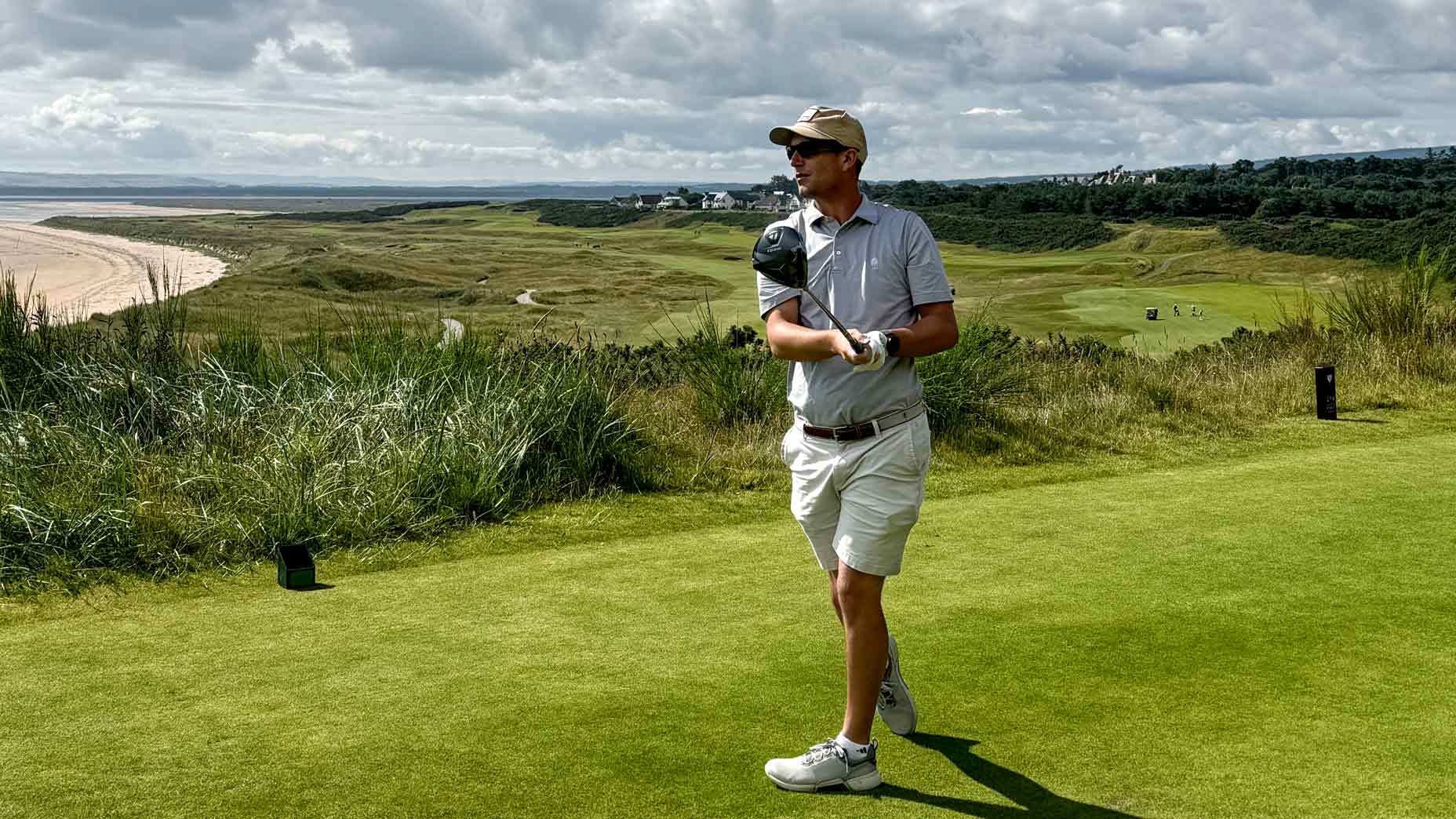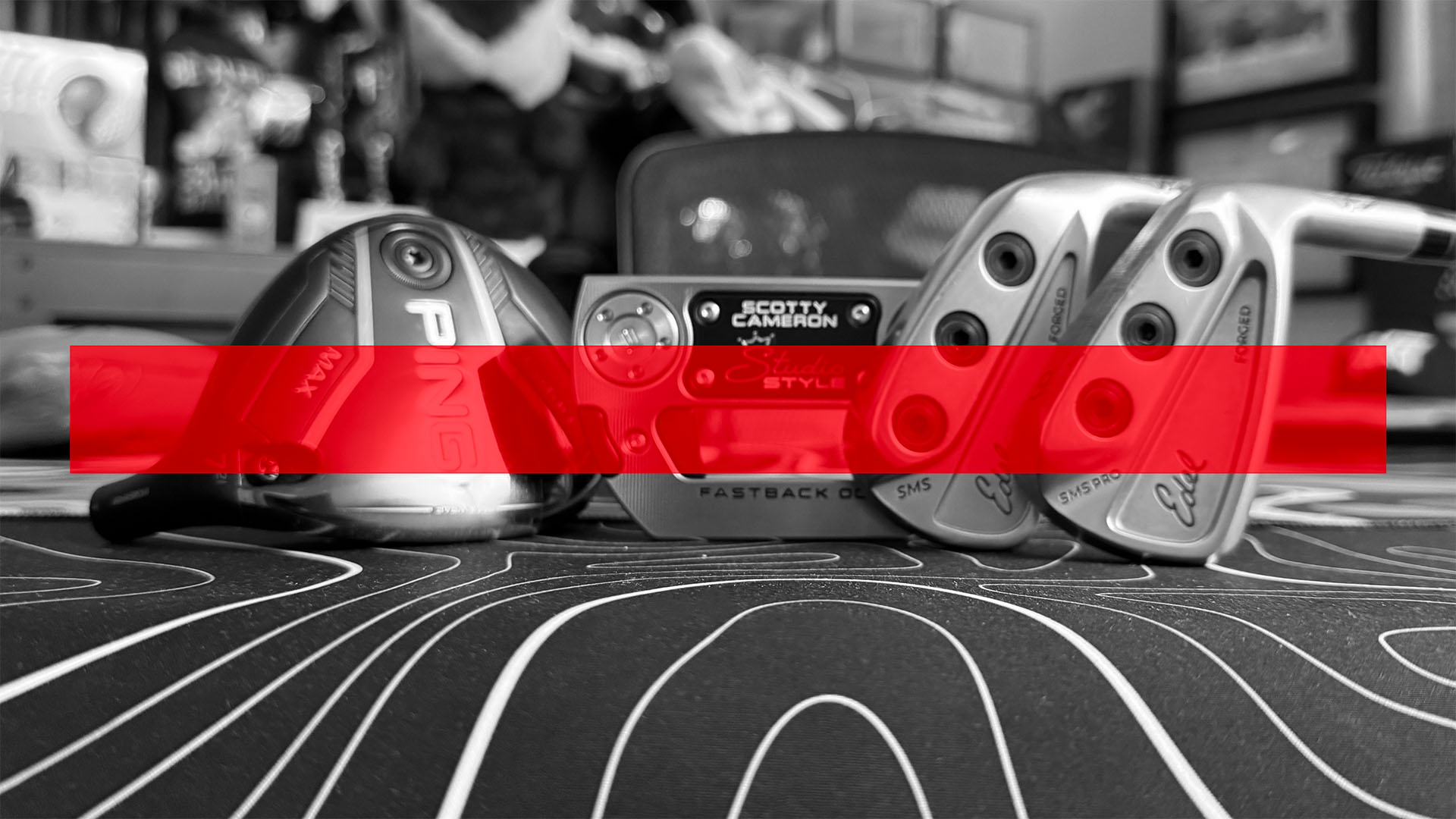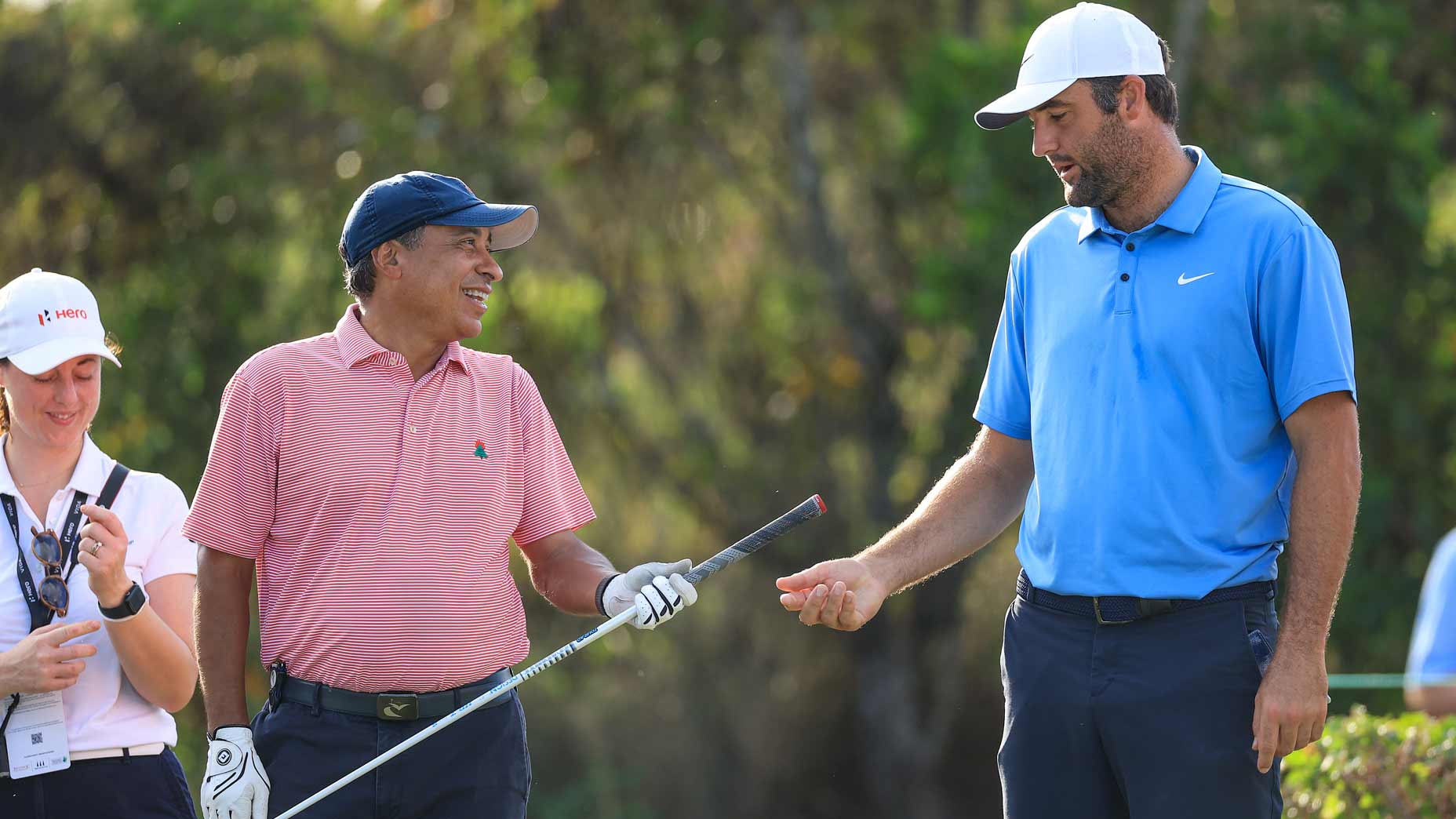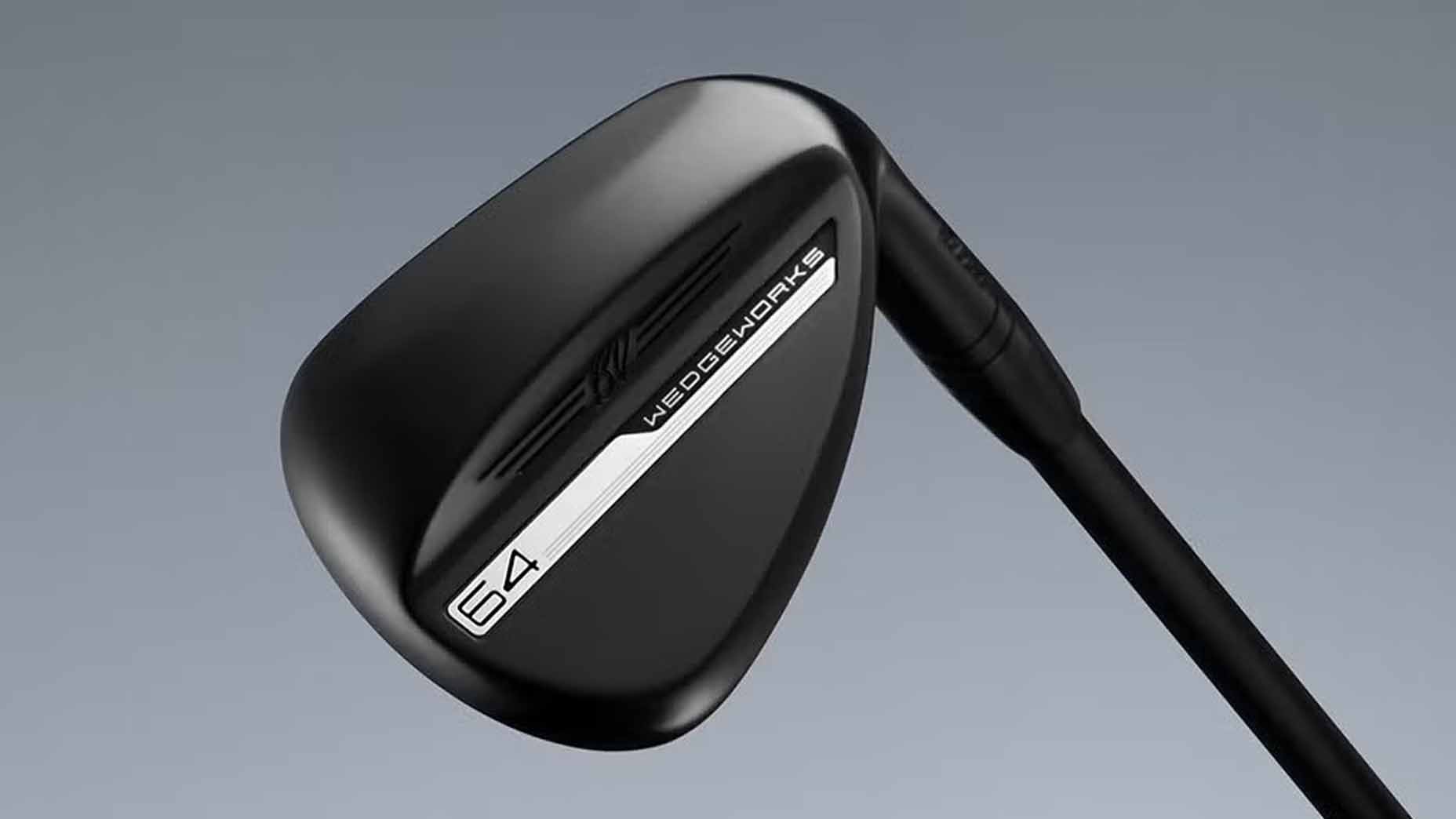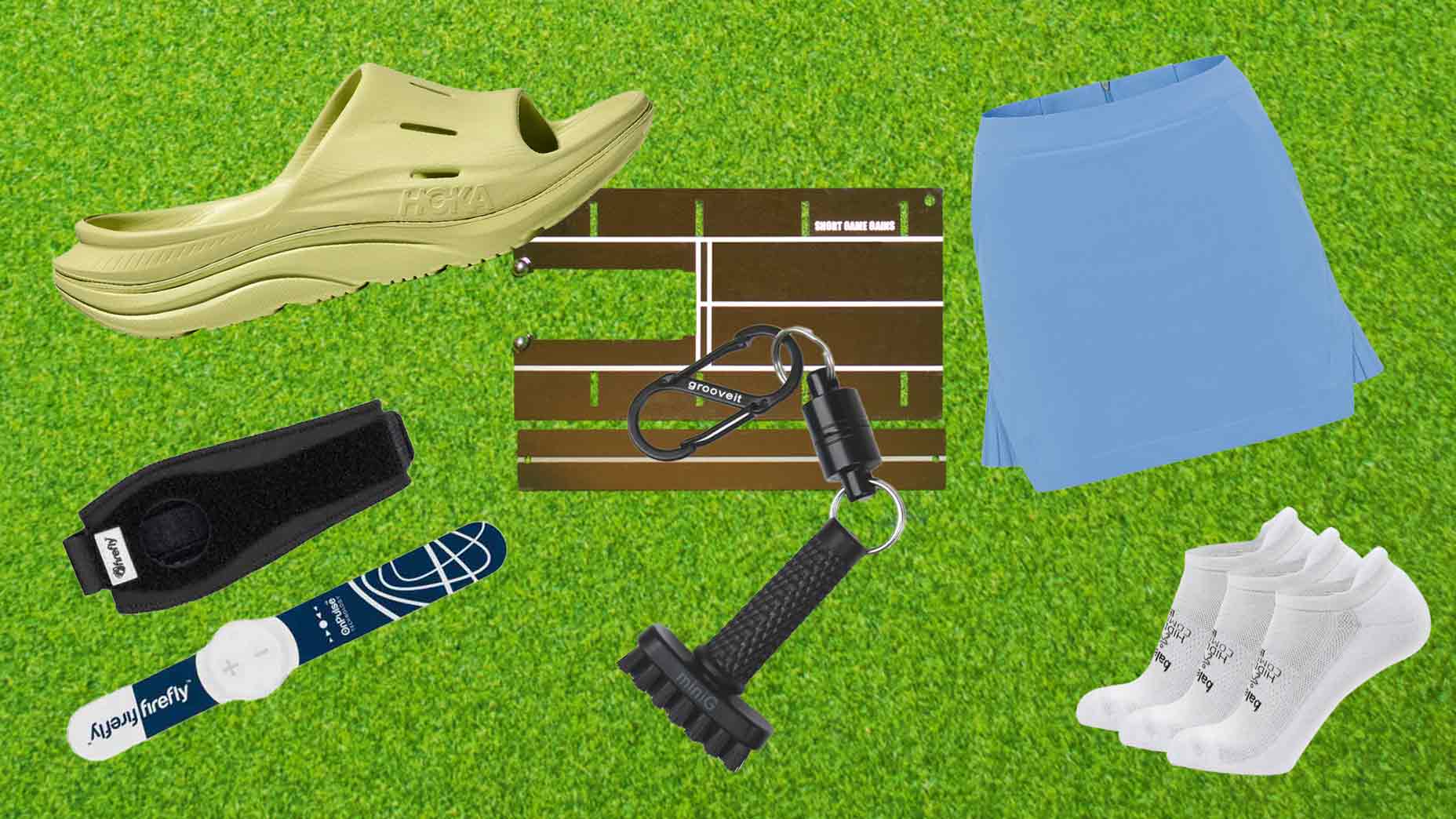One of the most common entries on any golfer’s wish list is to make the ball spin more with their wedges.
There are few better feelings in golf than catching a pitch shot flush, watching the ball take off nice and low, skidding on the green and coming to a screeching halt right next to the pin. It looks cool. It’s sure to get a reaction from your playing partners, but it’s also an effective scoring shot to have in the arsenal.
Unfortunately for most golfers, the low-flying, high-spinning wedge shot is elusive. The pros make it look easy, but amateurs are often stuck with lackluster pitch shots that either barrel past the pin or come up woefully short.
The best way to produce maximum spin on your wedge shots is, of course, to work on your technique. The second best way is to make sure you’re prepared with the right equipment.
Below, with the help of Tim Briand (Senior Vice President of GOLF.com’s sister company, True Spec Golf), I’ve highlighted six things you can do to prep your wedges and golf ball to achieve maximum spin and get the control you’re looking for around the greens.
1. Clean your grooves and keep the face dry
To make the ball dance when it hits the green, you need to create the most friction possible between the face of the wedge and the golf ball.
That’s why you want the sharpest grooves possible in order to create that friction. If there’s dirt, sand or grass stuck in the grooves, then they can’t bite into the golf ball and you’re missing out on loads of spin.
The same goes for water. Any water between the face of the wedge and the golf ball can reduce friction, and therefore spin. So, make sure to dry any moisture off with a dry towel before hitting your wedge shot.
Caddie Tip: Wet one side of your golf towel and keep the other end dry. This will allow you to clean your clubs and grooves with the wet side, and dry the club off with the dry side.
2. Pick the right golf ball
Your wallet probably doesn’t want to hear this, but the premium, higher-value golf balls on the shelf are likely to spin more than the value golf balls. That’s because top-shelf golf balls are made with urethane covers as opposed to surlyn. Urethane covers are softer than surlyn, thus allowing the cover of the golf ball to dig more into the grooves of a wedge.
The best way to figure out what golf ball is right for you is to either get fit, or try as many as possible. Next time you go to a short game area, hit shots with a bunch of different golf balls and see how they react.
3. Pick a wedge with texture
There are many different wedge designs on the market that all advertise more spin around the greens, but your job is to find the right one that matches your preferences.
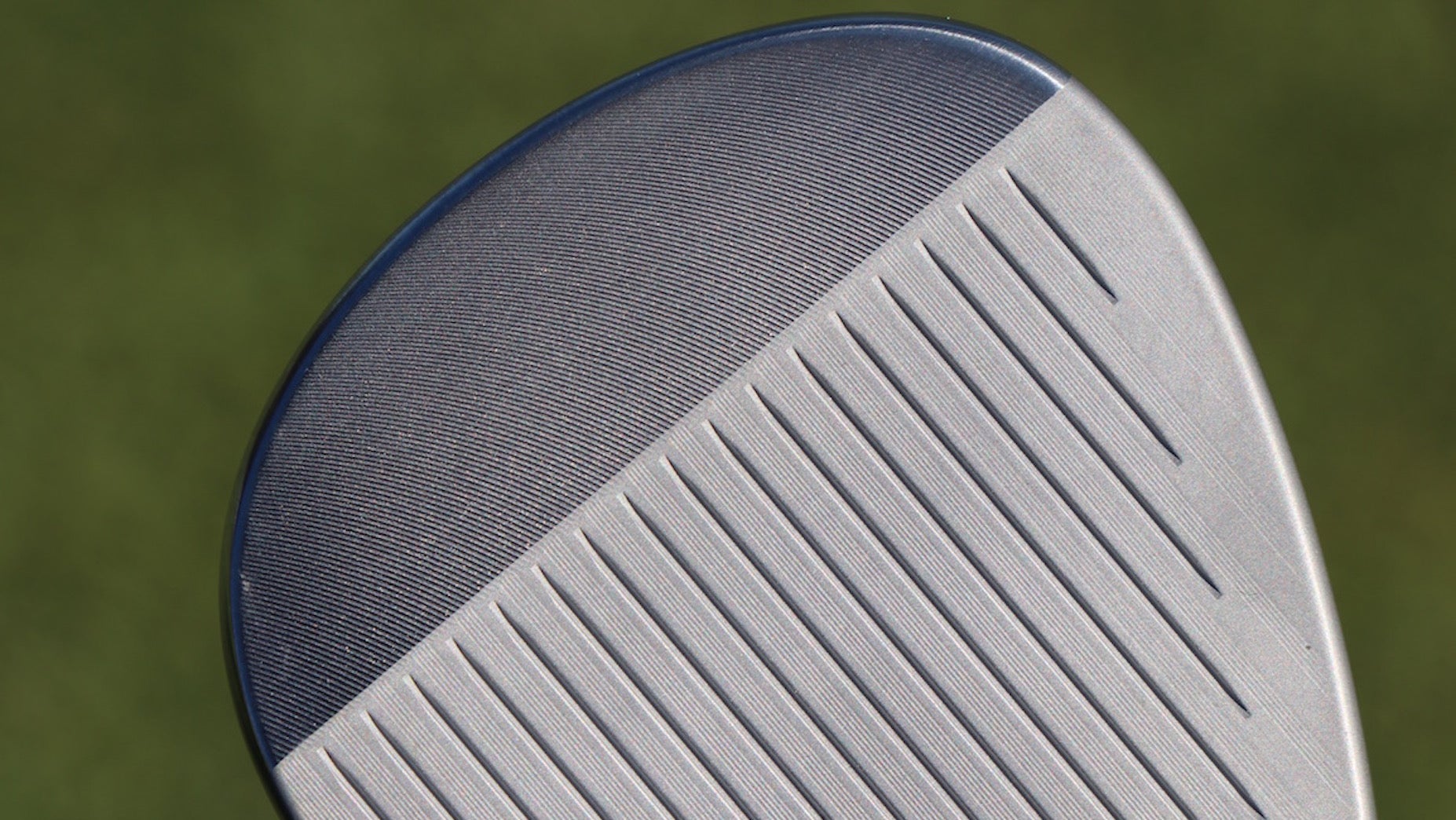
Look out for wedges that have additional textures on the face aside from just their grooves. Remember, we want friction to spin the ball more. Design aspects such as face milling marks or microgrooves (grooves between grooves) can help add additional friction to the golf ball at impact.
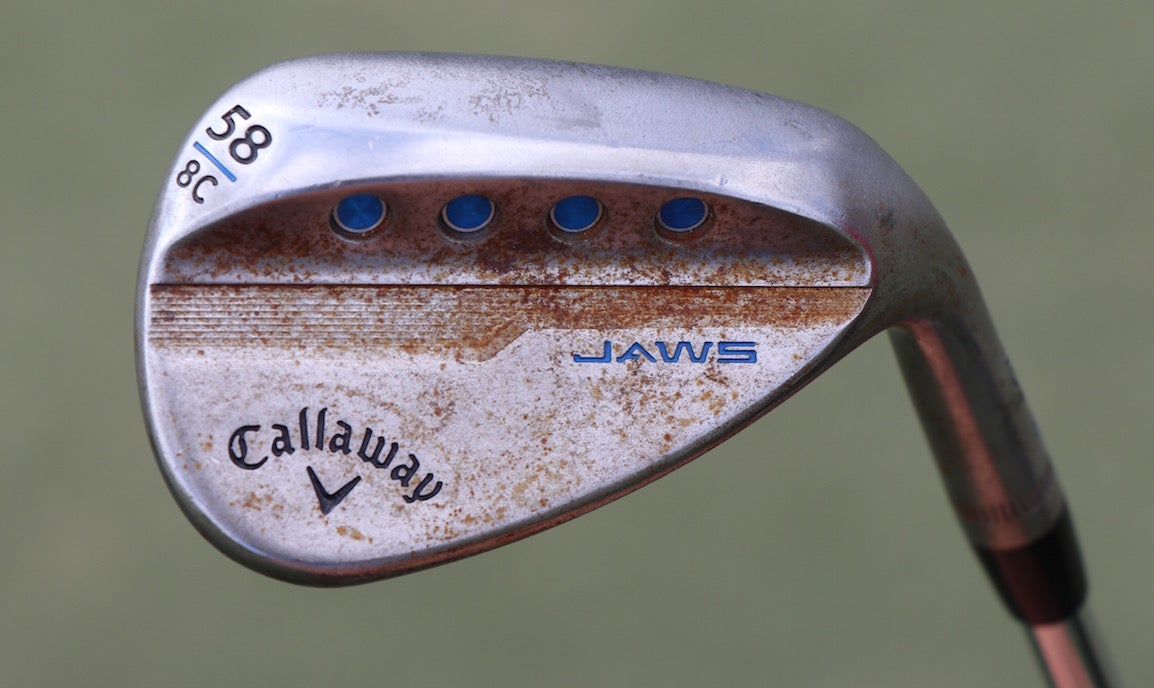
Also, a raw wedge can help provide more spin than a wedge with a finish on it, so keep that in mind.
4. Find the proper bounce and grind for your swing style
Making clean contact with the golf ball is absolutely essential for maximizing spin; a shallow divot, or nipped divot, is better for spin than a steep divot, due to something called spin loft. As such, you want the sole of your wedge to match your swing style so you’re not digging too much into the turf. Poor contact will lead to poor spin rates, and the ball probably won’t end up near the hole, either.
Here’s a guide to help you find the right grind for your game, but as always, a professional fitting with an expert is the best answer.
5. Lead tape to raise center of gravity (CG)
Due to something called vertical gear effect, the lower you hit a shot on a golf club, for the most part, the lower it will launch and the more it will spin (unless you completely blade it, of course). While that combination isn’t great for hitting long shots, it is ideal for those biting low-spinners with a wedge.
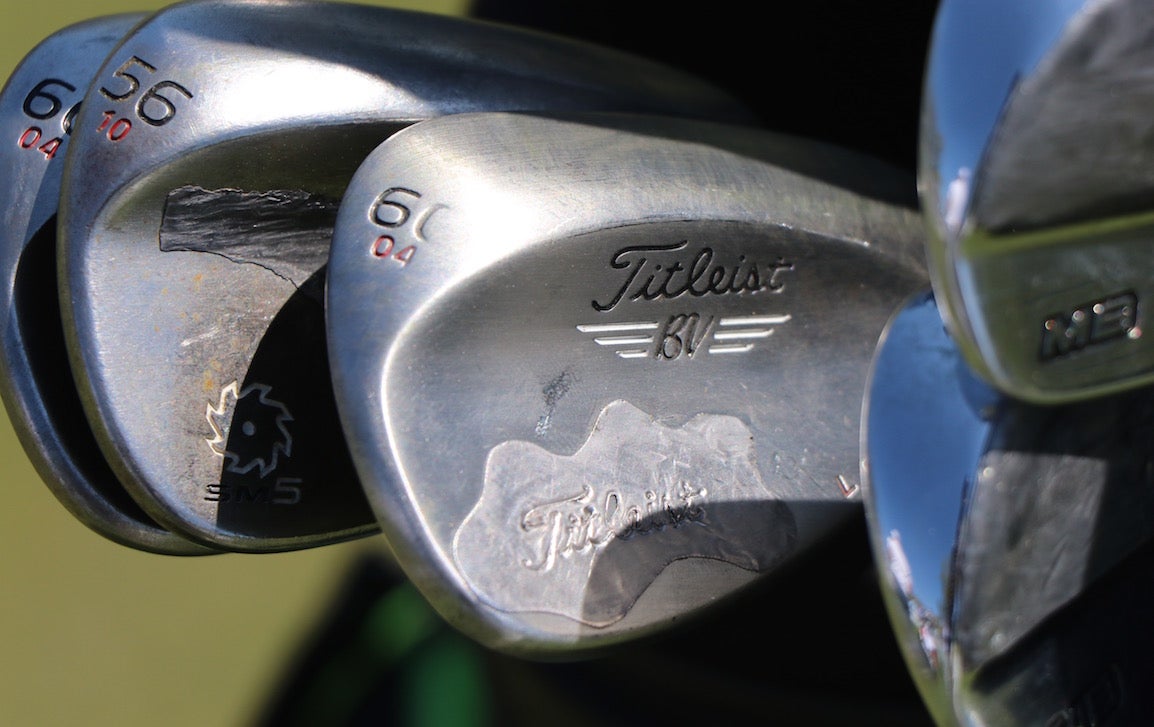
To help raise the CG of a wedge and maximize that high-spin zone area of the wedge lower on the face, try adding lead tape to the upper portion of the back cavity. Try out a few strips of lead tape at first and gradually add more as you experiment.
Adding significant weight to your wedge will impact overall feel and swing weight, and it may also make your wedges fly with a lower trajectory. But, if you simply want to increase spin, this is worth a shot.
Pro Tip: Try hitting pitch shots off the low toe section of your wedge. The toe section is often a “dead” area of the face, so it will require a bit more speed to get the ball to go the distance you need; speed is great for spin. Also, by hitting it low on the face, you’re engaging vertical gear effect in your favor. Fred Couples is a great example of someone who uses this technique.
6. A weaker wedge shaft
As mentioned briefly above, creating more speed through the hitting zone is great for adding spin. It’s possible that a slightly more flexible shaft (compared to your highest-lofted iron) can help you gain spin with your wedges. A softer tip section can help kick the club head through the ball a bit faster and create more spin. Since you’re not often using wedges to hit full shots, the additional flex shouldn’t be a problem in terms of dispersion.
Before committing to all new wedge shafts and a different feel, however, consult with a professional fitter or conduct extensive testing on your own. It may not prove be worth the shaft change in your gamer, but it’s certainly worth a test.
Hopefully these six gear tips help you find the spin you’re looking for around the greens. Happy experimenting!


